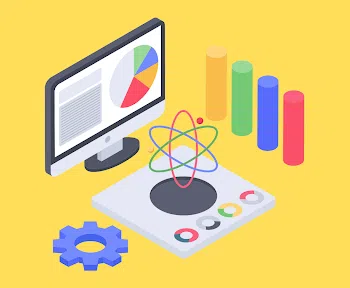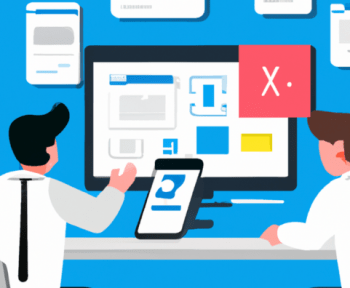“Ctrl C, Ctrl V… Designers often face the dilemma of reducing repetitive and tedious tasks during design work.
Tasks like image editing, background removal, and object creation interrupt time meant for creative work, drain the designer’s energy, and lead to minor errors or inconsistency, reducing work efficiency.
To address these issues, Adobe has recently introduced new technologies in its programs by integrating generative AI.
Thanks to features that speed up design tasks by utilizing generative AI, designers have significantly reduced their work time.
Among the most popular design tools, Photoshop’s AI functionalities show how they can be applied.
Elancer, South Korea’s No.1 IT freelance matching platform, will introduce you to ‘3 Key Features’ of Photoshop AI that industry designers use to shorten their work tasks.
Photoshop Reborn with the Introduction of Generative AI

Source: adobe website
Adobe’s Photoshop, a program that supports creative and professional work by offering a variety of functions and tools, boasts a long history in the photo or design field.
However, extending the background of an image or merging or removing objects used to require time-consuming processes.
After the introduction of generative AI features, the narrative has completely changed.
Now, image correction and creation tasks that were once complex and cumbersome can be handled in just a few keystrokes through Photoshop’s AI features. The advancement of AI is opening a new era in digital editing.
This article will introduce three Photoshop AI features that shorten design work time, along with how they can be applied in real design tasks.
Various Utilization Features of Photoshop AI
– Generative Fill
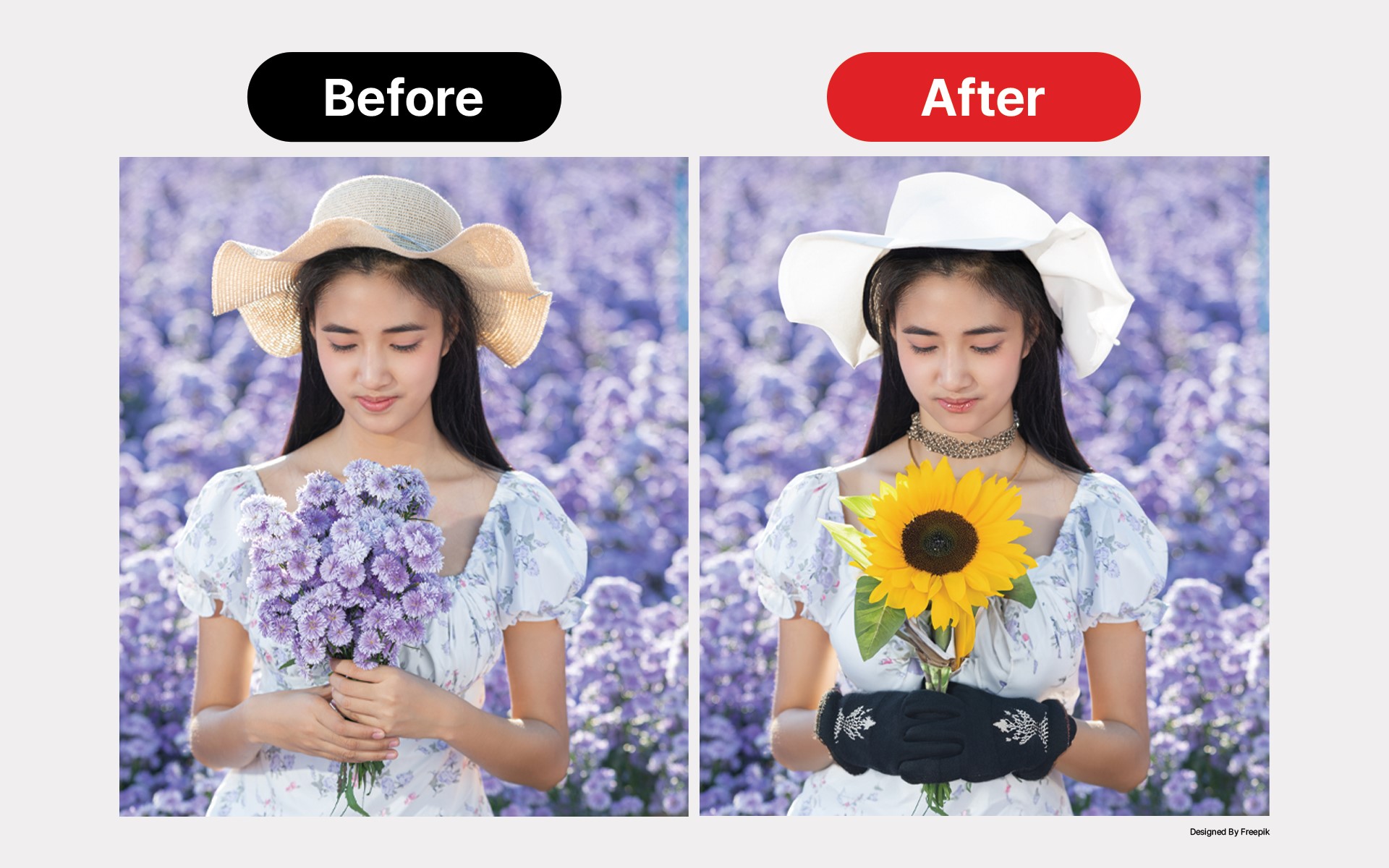
Let’s start with the most famous and core feature, ‘Generative Fill.’ Based on Adobe Sensei’s artificial intelligence neural network technology, Generative Fill learns and understands the patterns and structures of images.
With this feature, you can extend backgrounds and freely add/remove objects by inputting a few words.
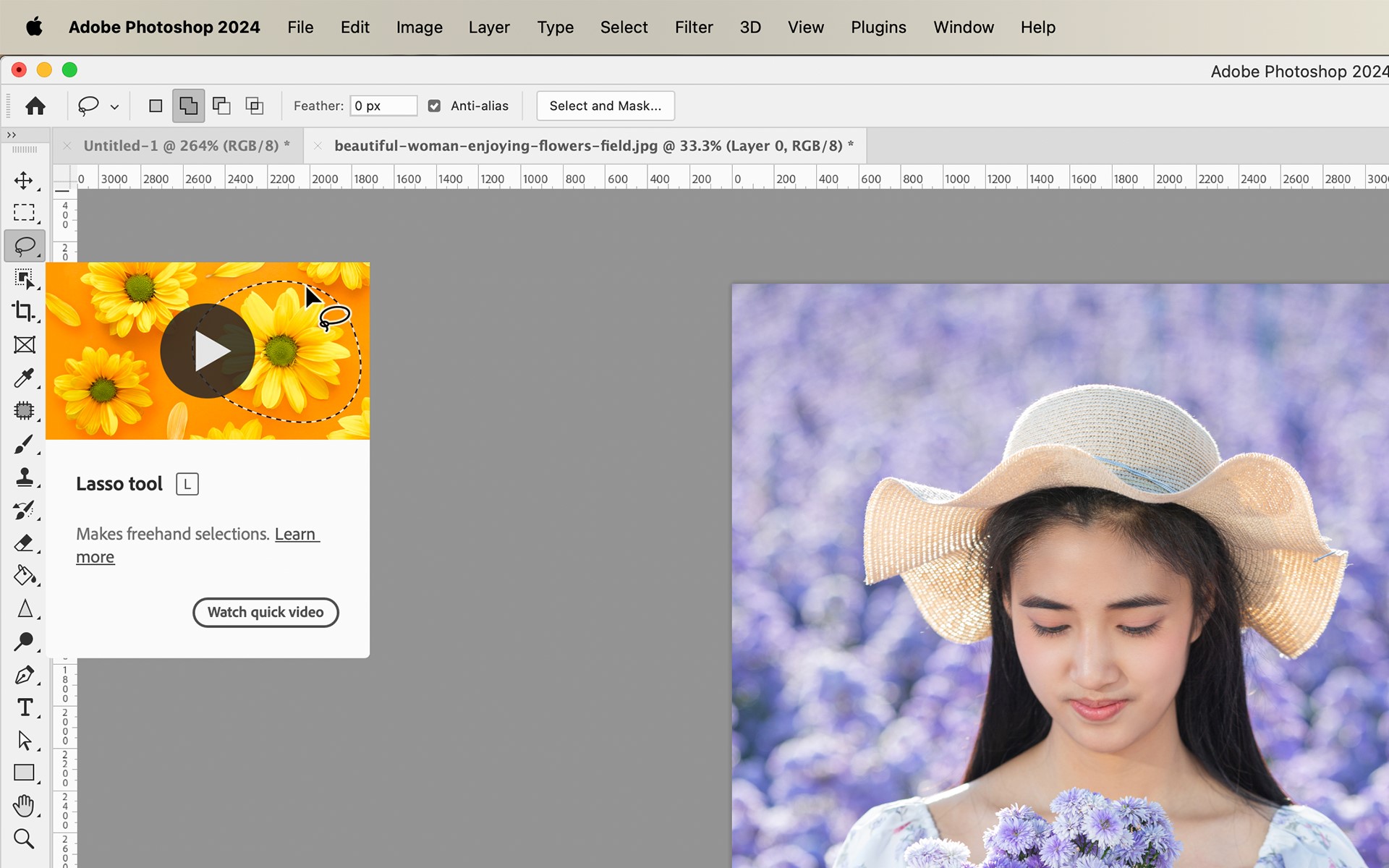
First, to select the area you want to change, I’ll choose the [Lasso tool]. (Any selection tool will work, not just the Lasso tool.)
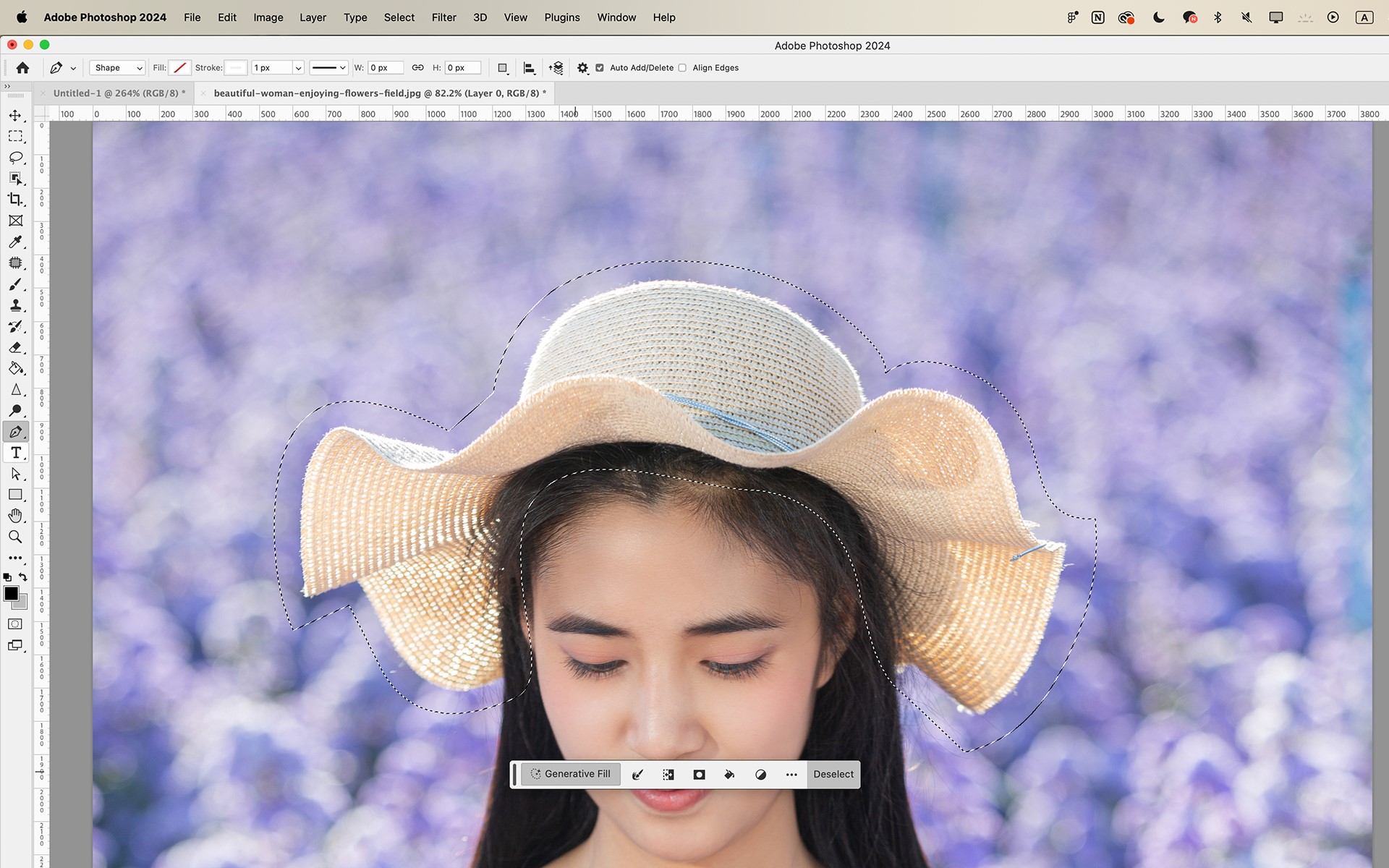
After selecting the area to change, I’ll choose [Generative Fill].
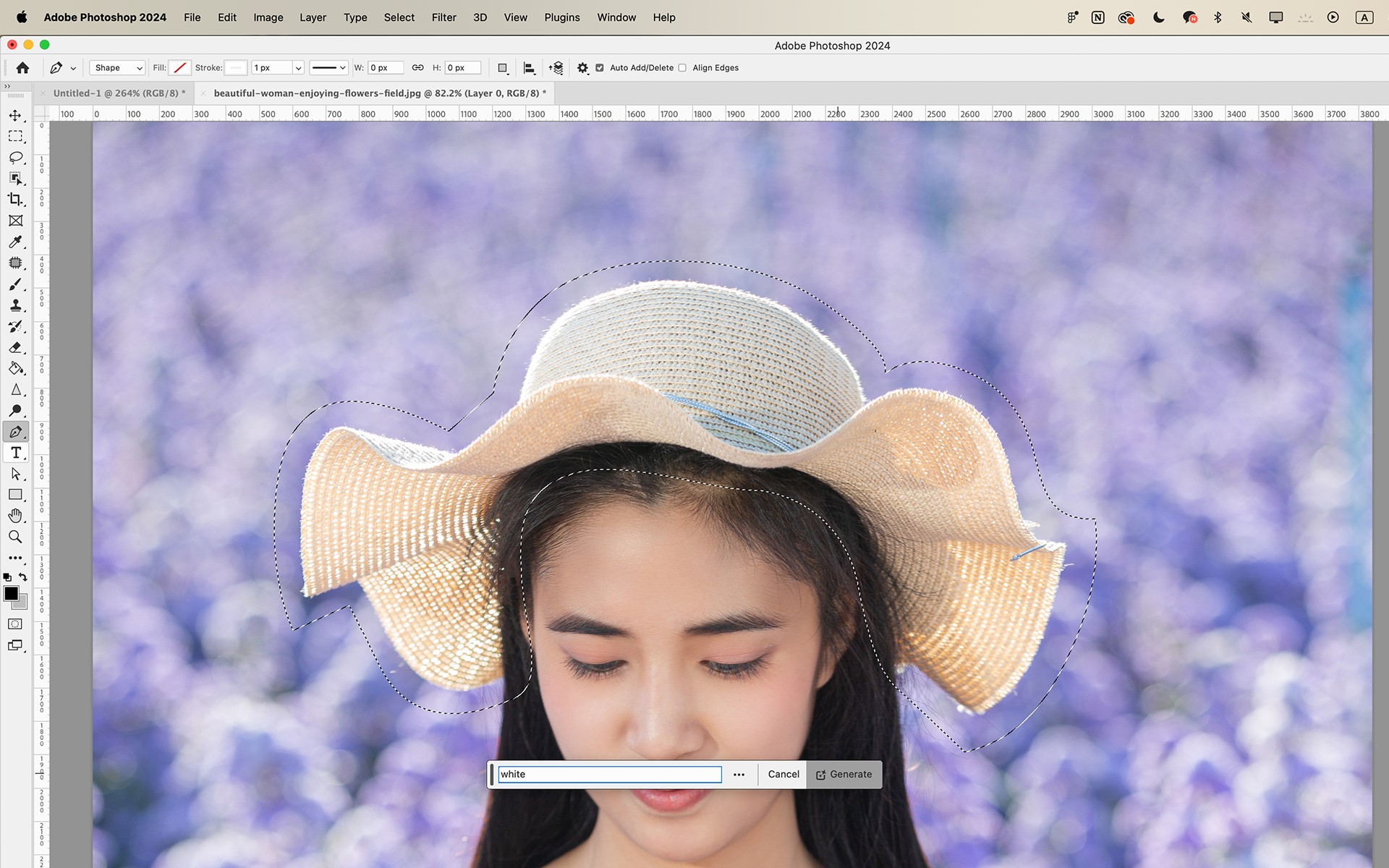
To change the current photo to feature a white hat, I’ll enter ‘white’ in the input box.
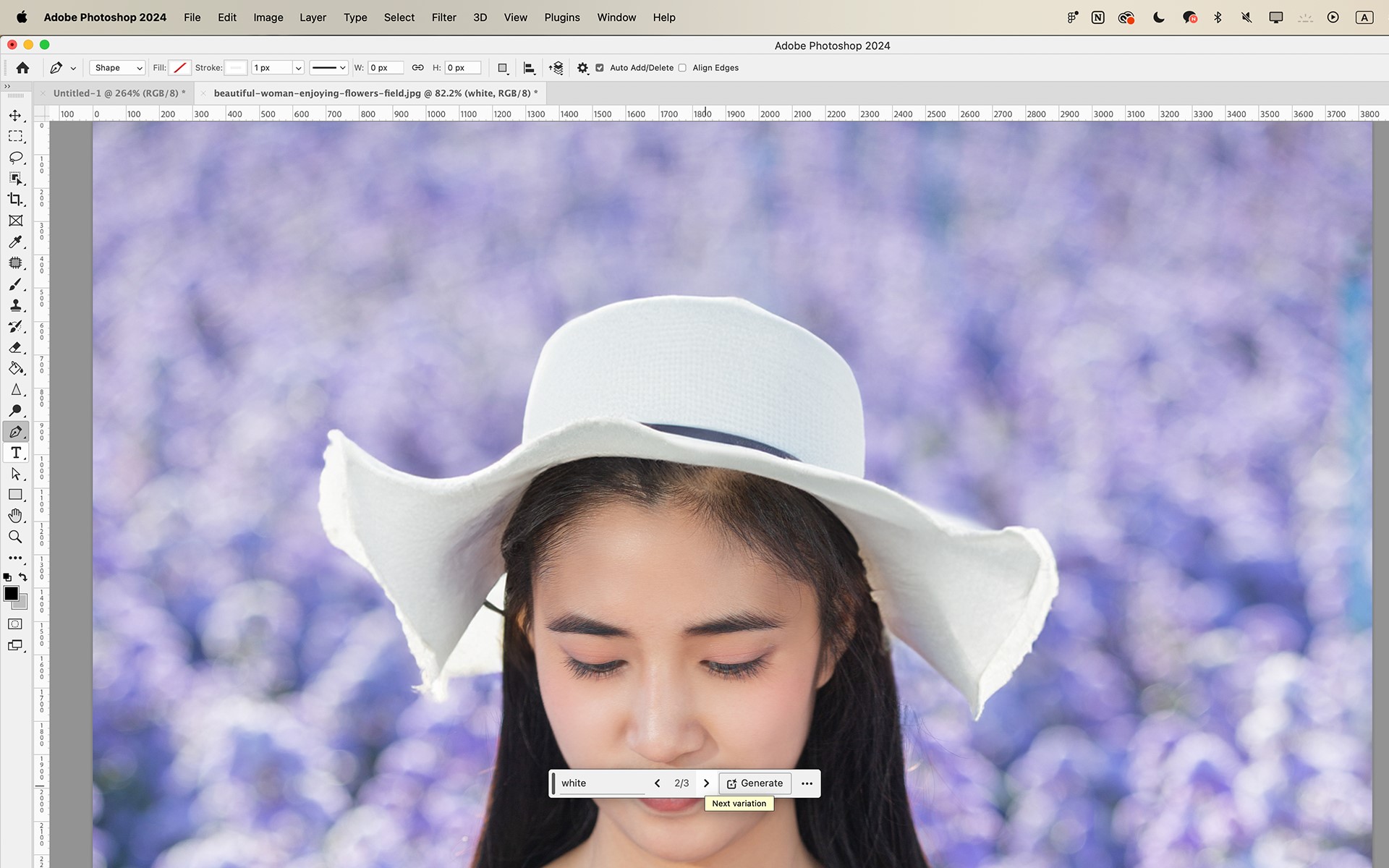
Choose one of the images generated by AI that you like. After repeating this process a few times.

Voila! Anyone can easily modify an image like this.
– Sky Replacement
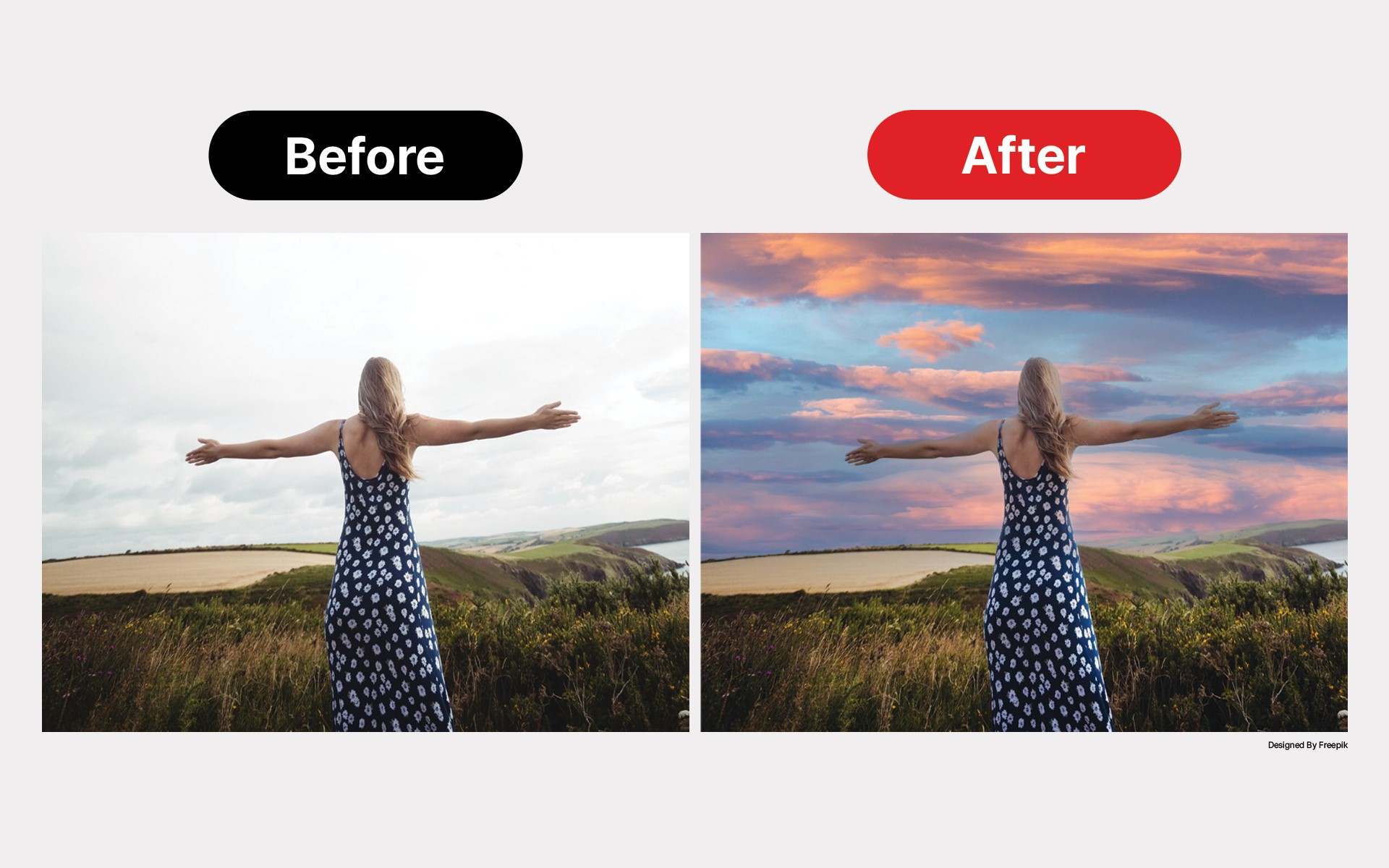
Have you ever taken a photo with a stunning sunset, only to find that the focus was solely on the person and the sky’s colors were completely lost?
It’s a common frustration, but with Photoshop’s ‘Sky Replacement’ feature, this problem can be easily solved.
This Sky Replacement feature allows Photoshop to automatically detect the sky in a photo and modify it according to the user’s preference.
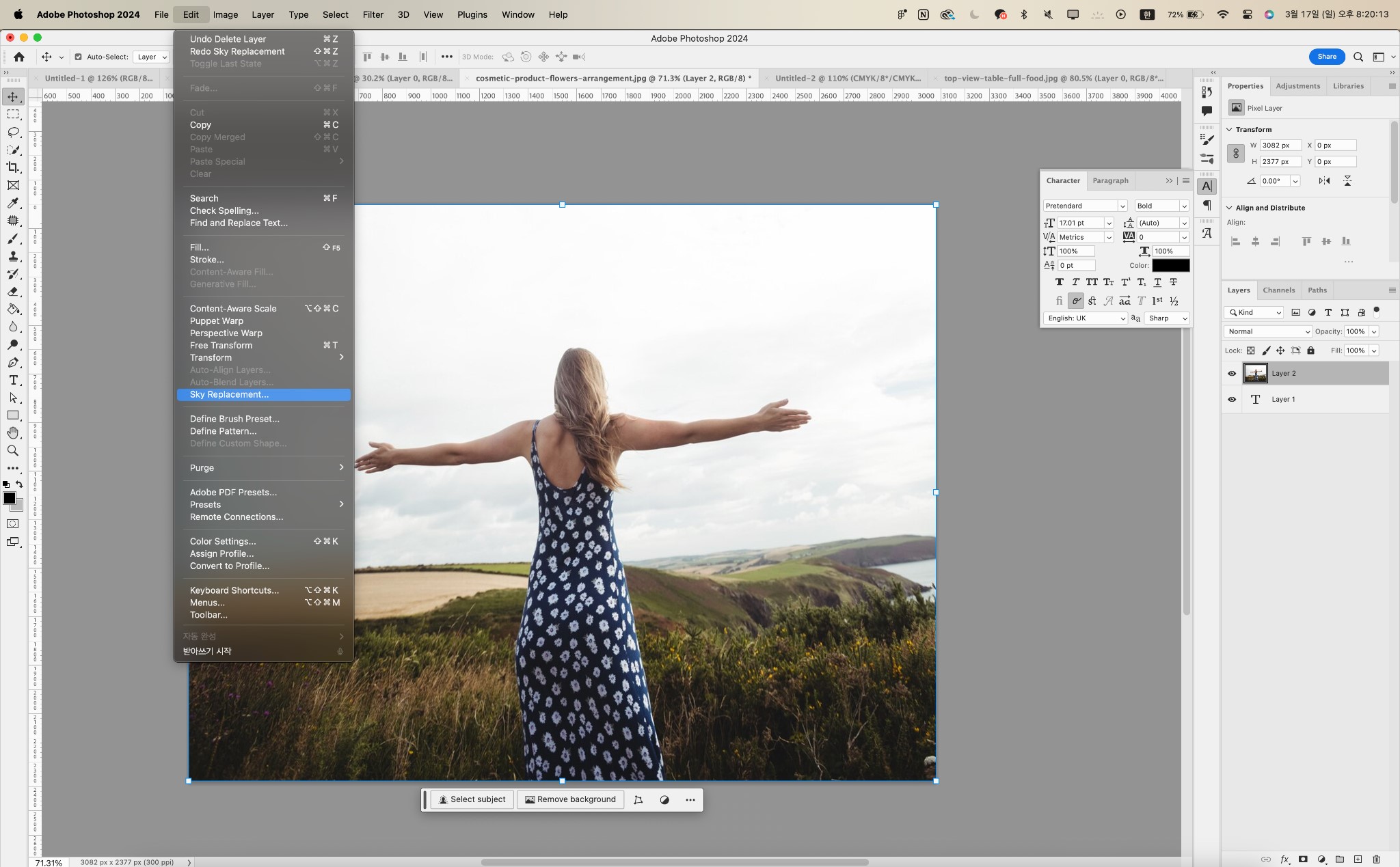
The method of use is simple. First, select [Edit] – [Sky Replacement] in Photoshop.
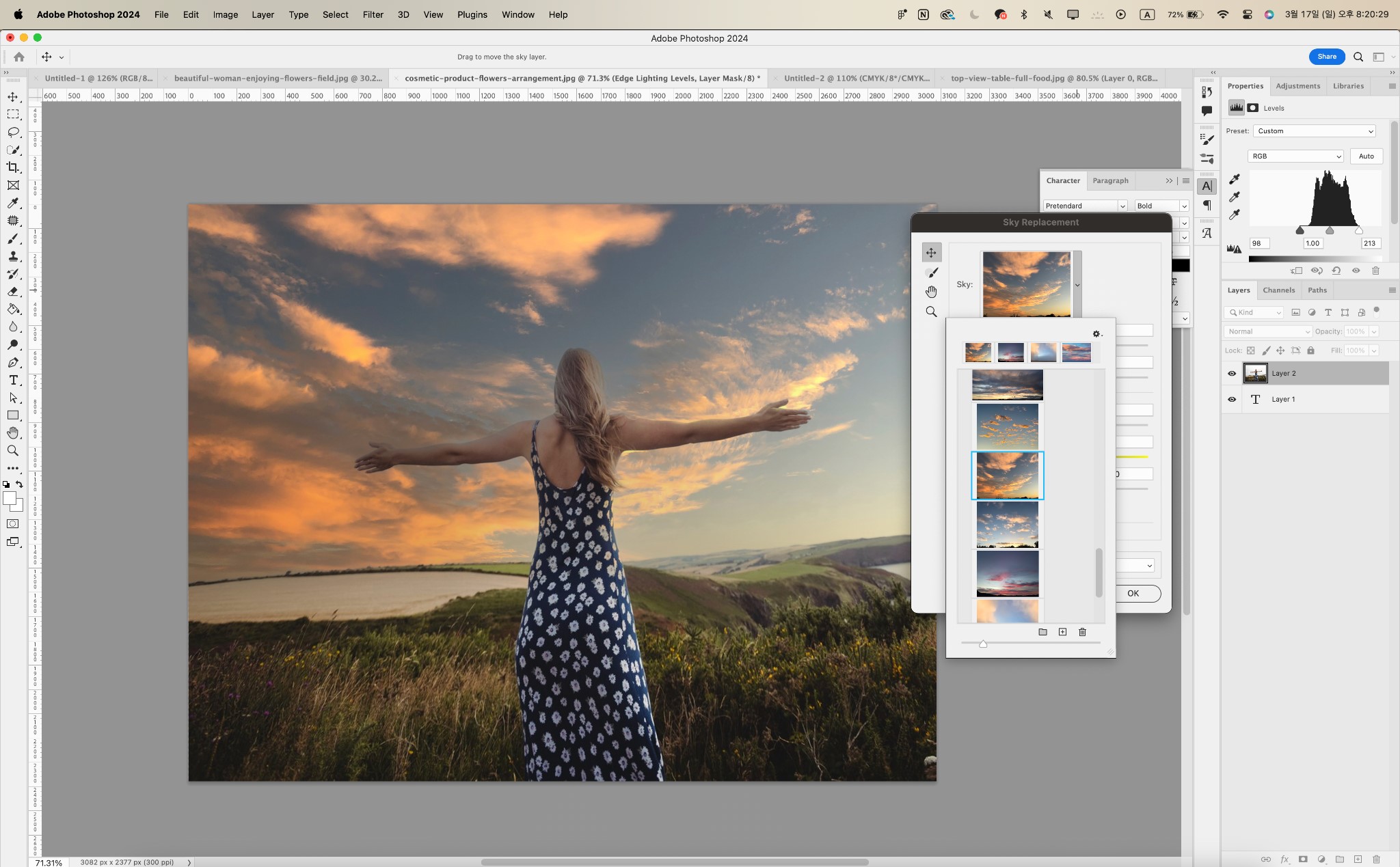
Then, from the window that appears next, choose the image you want. Photoshop will automatically recognize the area of the sky and alter the photo accordingly.
You can also upload a photo of your choice, making it easy to switch to the desired background.
– Objection Selection Tool
Removing the background, a task commonly referred to as ‘cutting out‘, involves separating the subject from its background, either replacing it with a solid color or making it transparent.
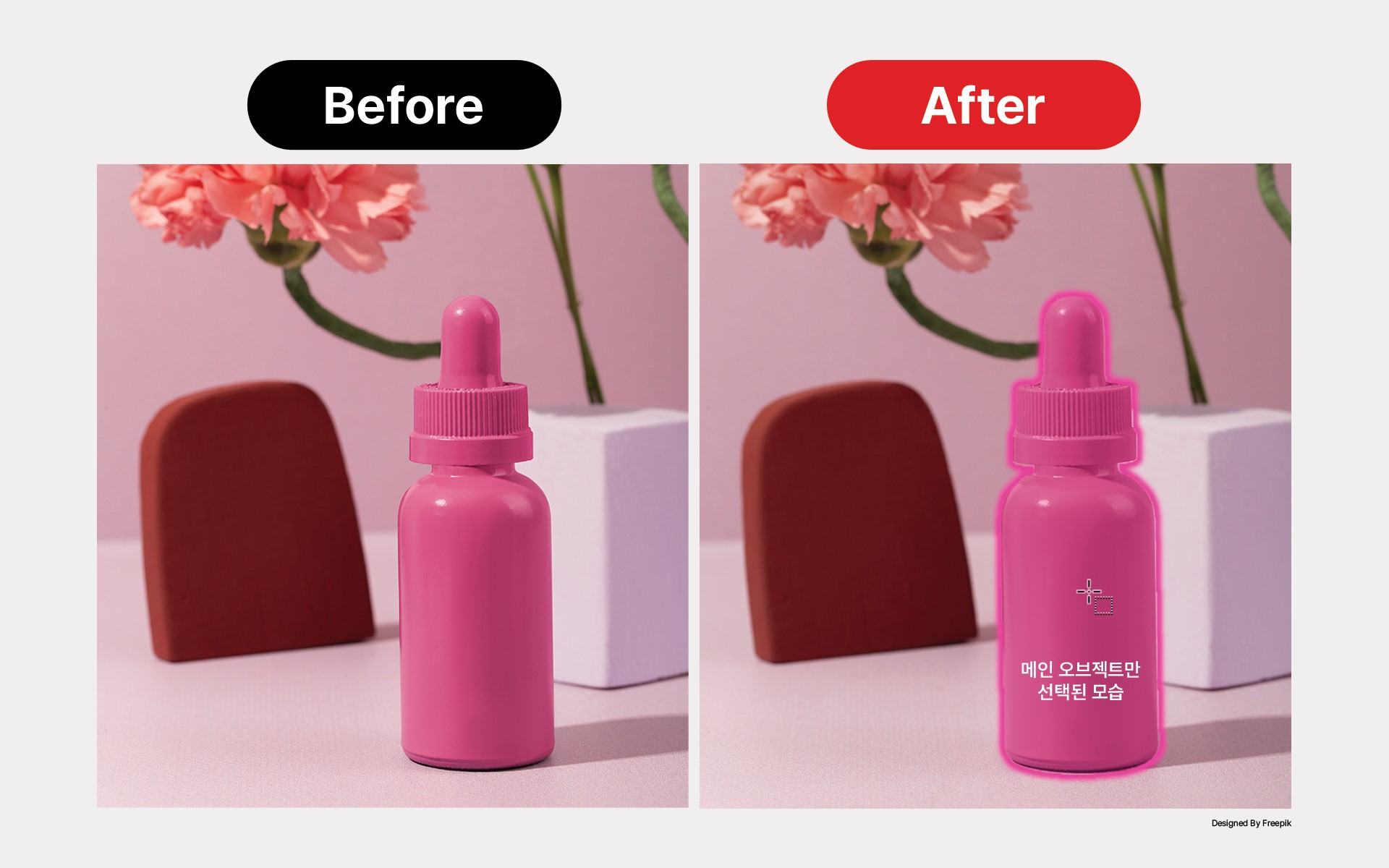
This task is essential when the goal is to isolate objects. For experienced designers, cutouts are not necessarily difficult but can be time-consuming and monotonous, making it a less efficient task.
The Object Selection Tool can be a game-changer in such situations by automatically recognizing objects against the background, allowing for quick selection of the desired item.
This significantly reduces the time spent on zooming in and out to manually select objects, enabling designers to focus on more critical aspects of their work.
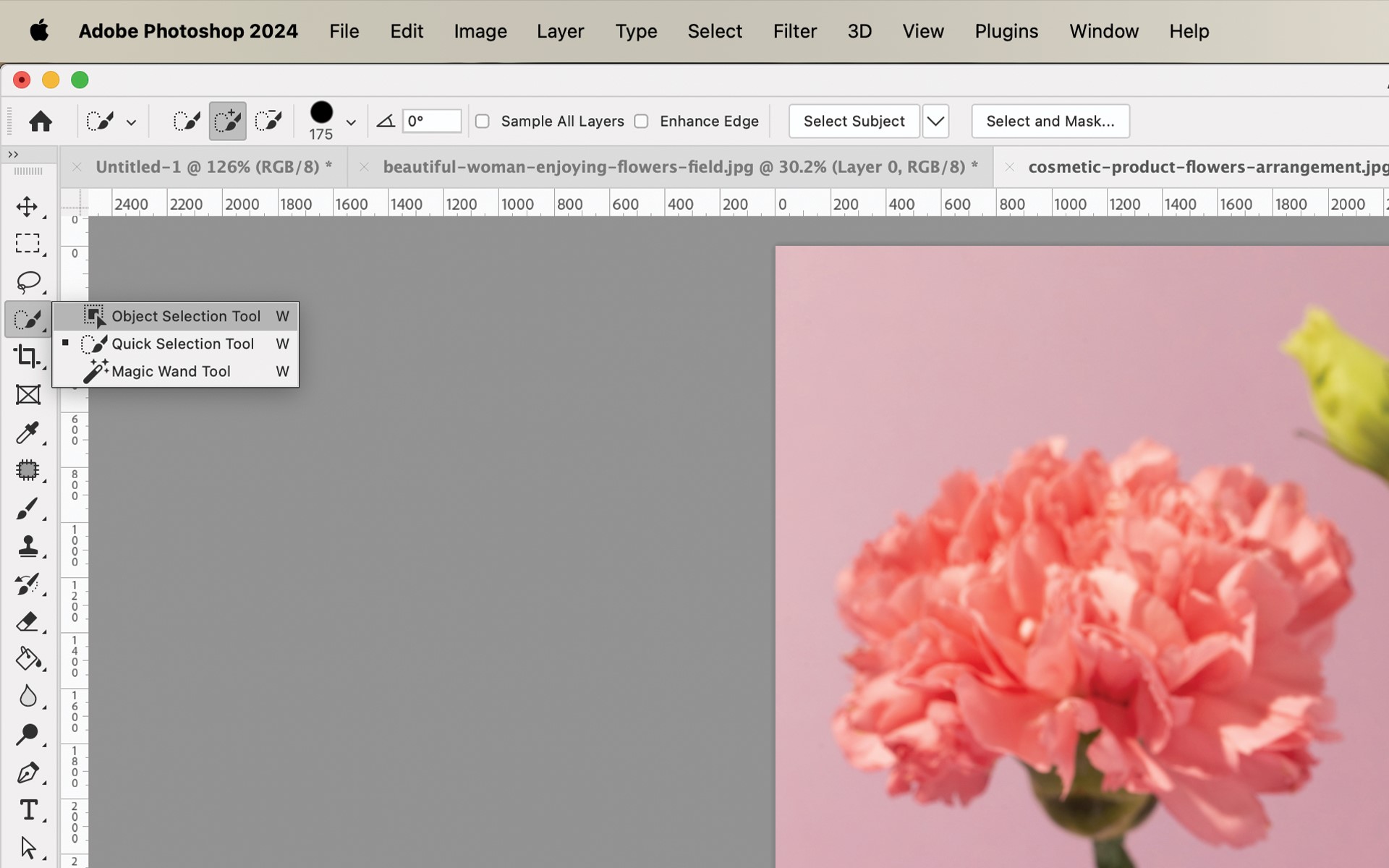
Let’s dive into how to use the Object Selection Tool for quick cutouts. First, select the [Object Selection Tool].
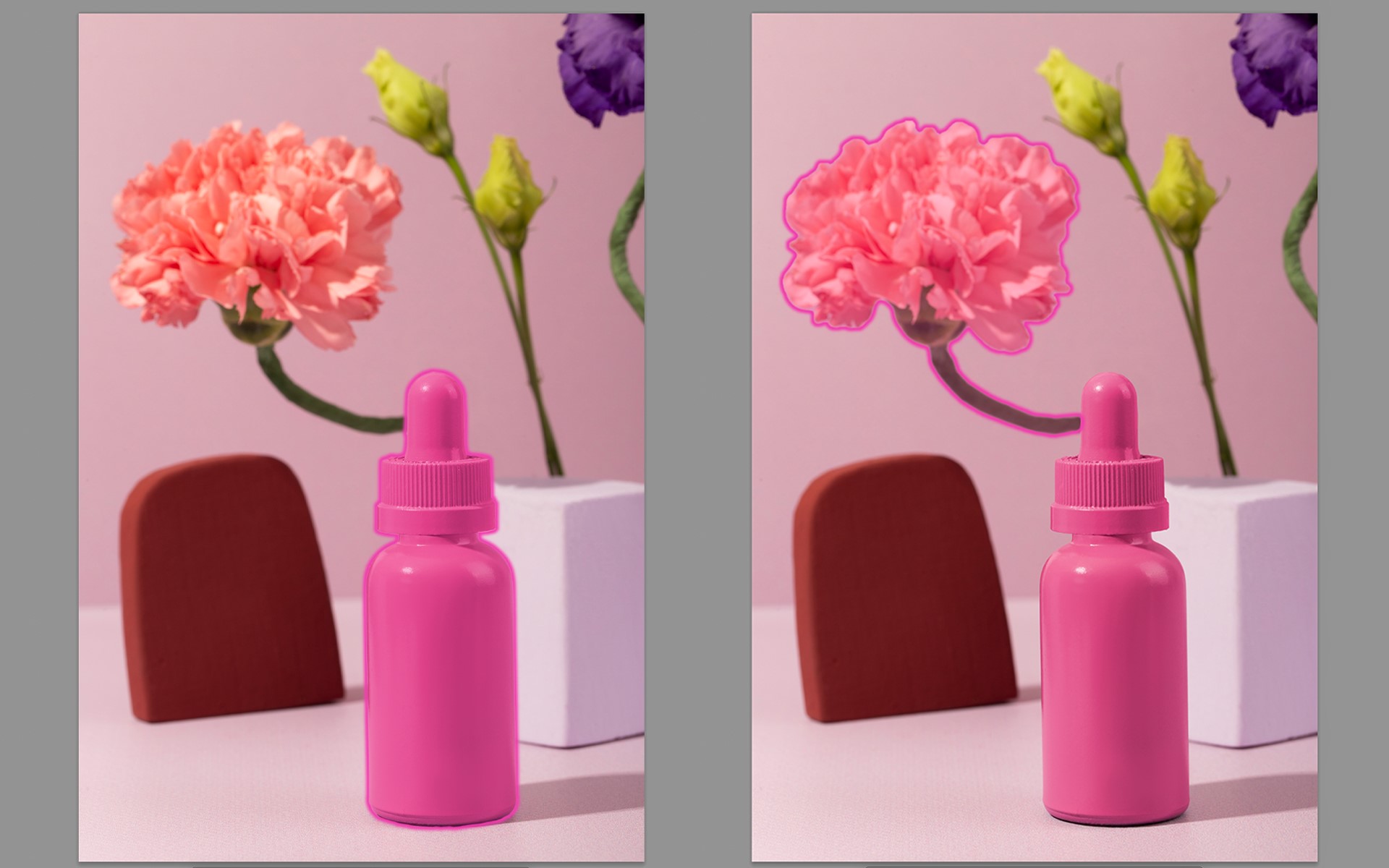
(Left: The dropper bottle selected, Right: The flower selected)
Then, click on the object you wish to select. By simply clicking on the object needed for the cutout, it’s automatically recognized and selected.
– Neural Filters
Having learned how to quickly make cutouts with the Object Selection Tool, let’s explore the ‘Neural Filters.‘ Photoshop’s Neural Filters use artificial intelligence and machine learning to edit images.
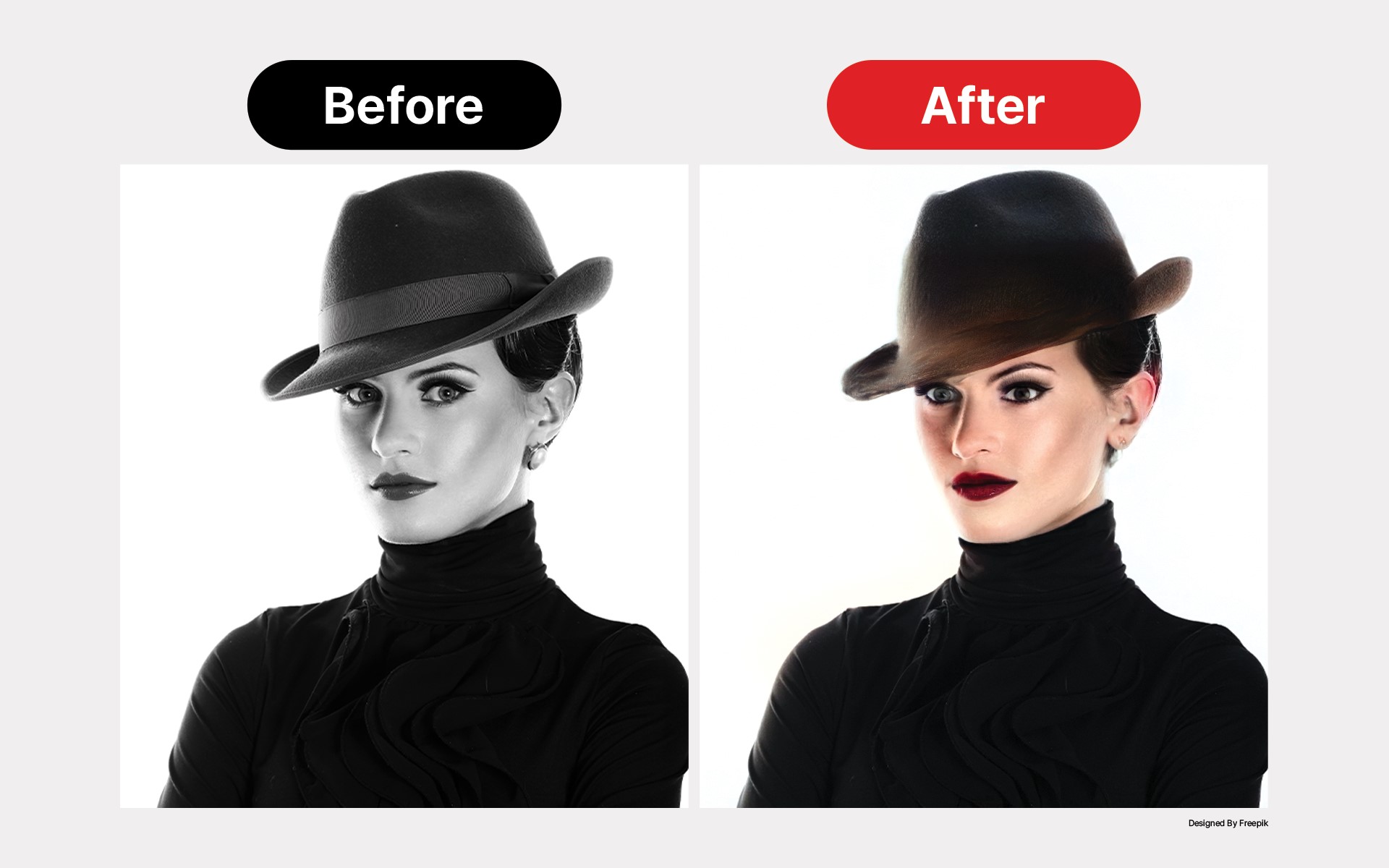
These AI-powered Neural Filters are intriguing and useful technologies. They can restore black and white photos to color, automatically recognize facial expressions in photos, and adjust expressions or facial angles, enabling a wide range of tasks to be performed simply and quickly.
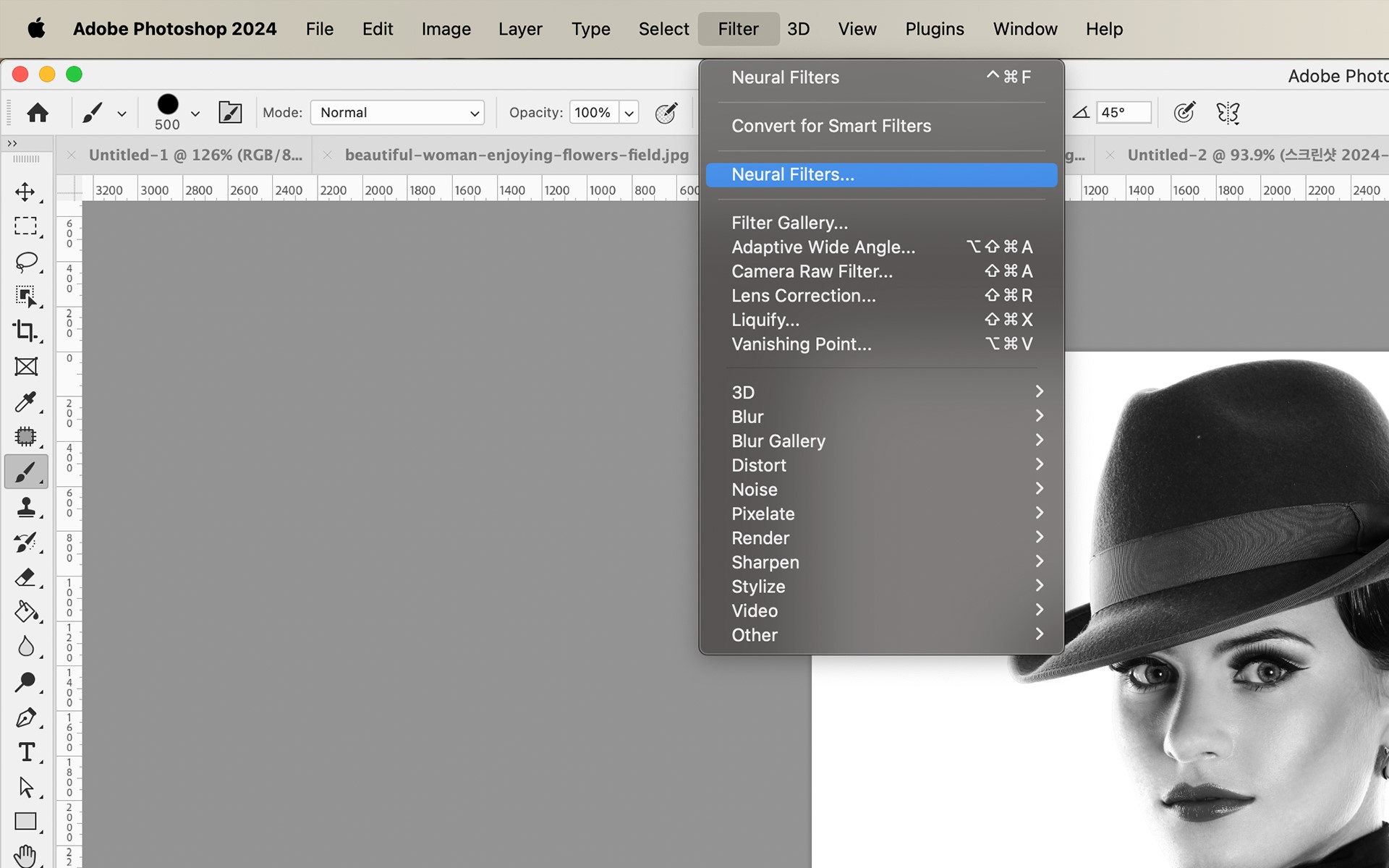
To apply Neural Filters, first, select [Filter] – [Neural Filters].
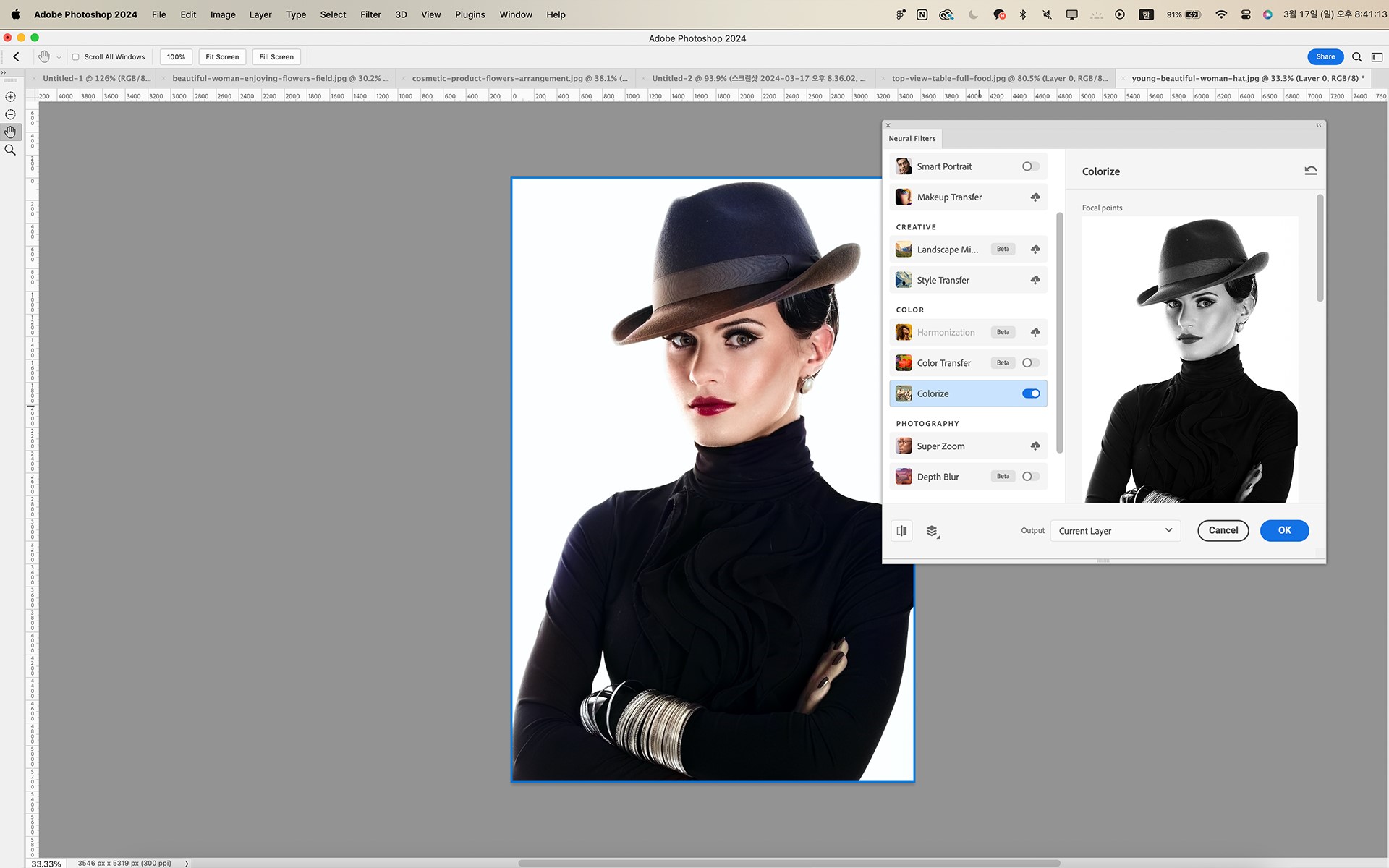
Then, choose the [Colorize] function to transform a black and white photo into color.
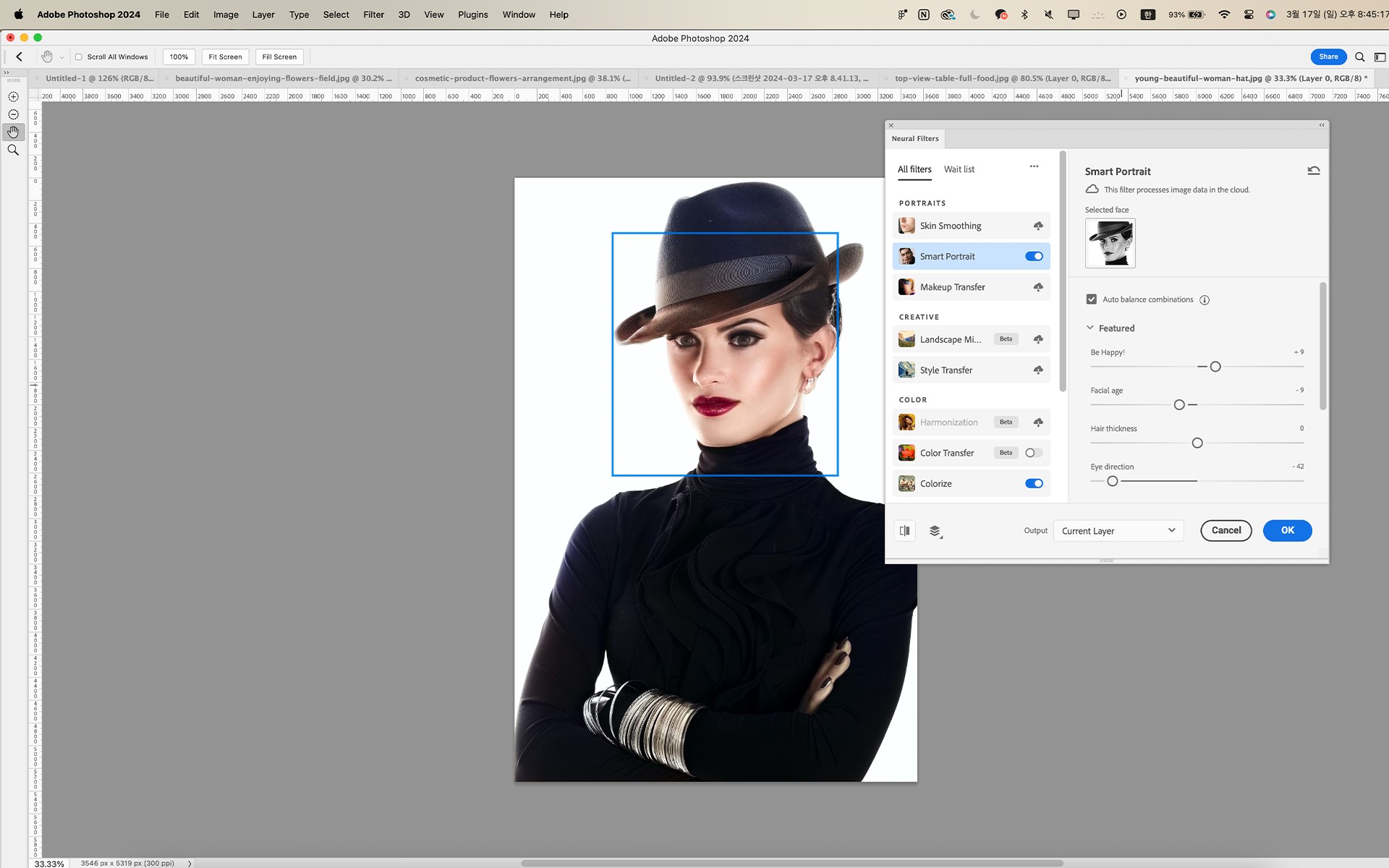
Next, select the [Smart Portrait] feature to adjust the smile, direction of eyes, and age of the face.
How does it look? The color has been added naturally, right? With Neural Filters, you can use generative AI to naturally alter faces or colors in photos.
How can Photoshop AI Be Utilized in UI Design Work?
When undertaking a project, if a designer is provided photos directly by the client, the overall design concept must be harmoniously integrated with the photos. However, there are also cases where designers need to source and place image materials themselves.
In UI design, images play a significant part. For instance, if the main object in a found photo is appealing but surrounded by too many complex elements, it becomes challenging to use.
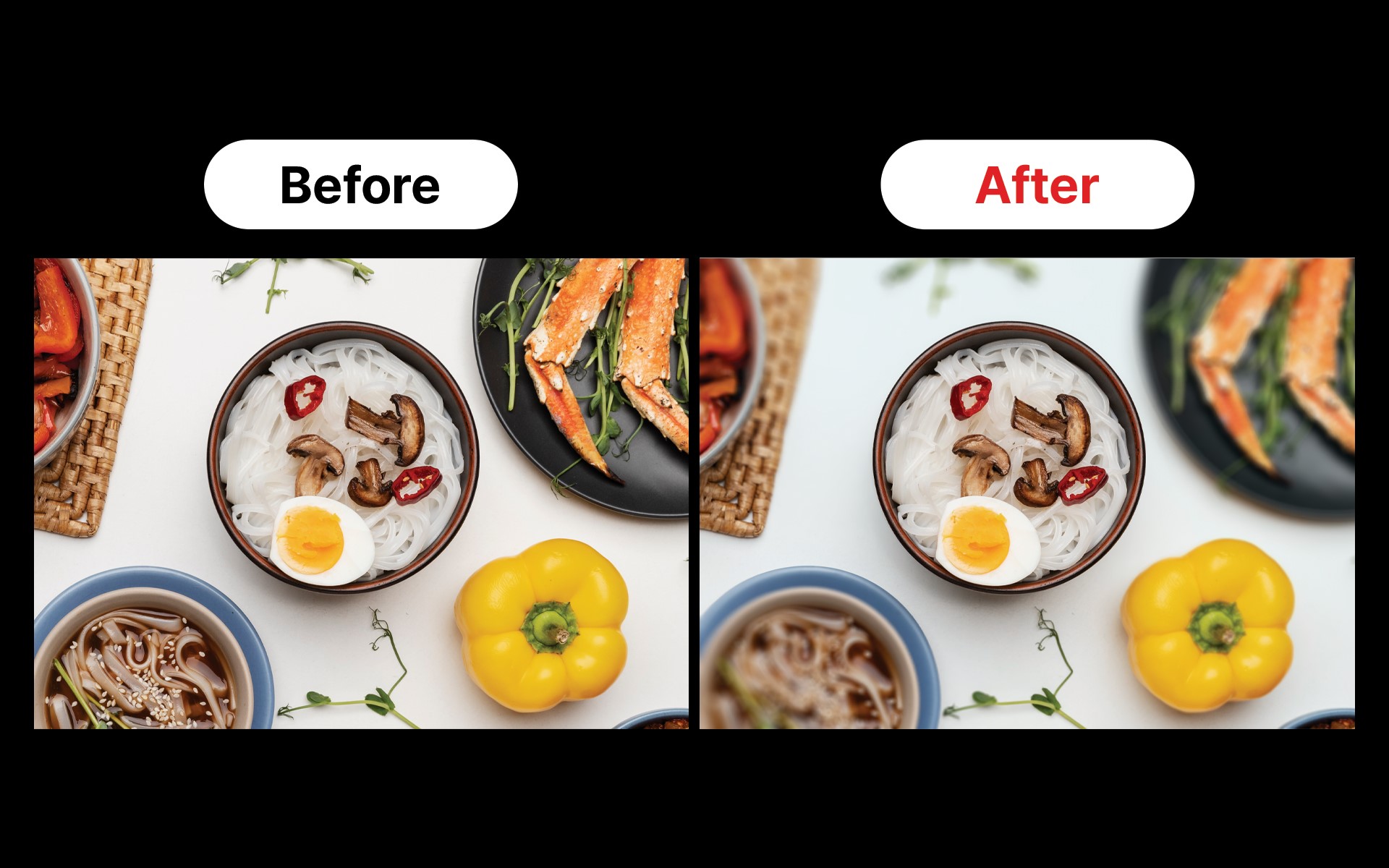
Or, using the ‘Generative Fill‘ feature to remove background elements can expose only the main object, presenting clearer information to the user.
Thus, Photoshop AI can be efficiently used in UI design, especially during the prototyping stage. Through Photoshop AI features, content can be created and filled quickly and efficiently, delivering a clearer concept in the design.
In the process, designers can develop new ideas based on AI-generated content, adjust visual elements, and provide better UIs.
If you’re looking for Photoshop-powered design projects, consider using Elancer, South Korea’s No.1 IT Freelancer matching platform!“

